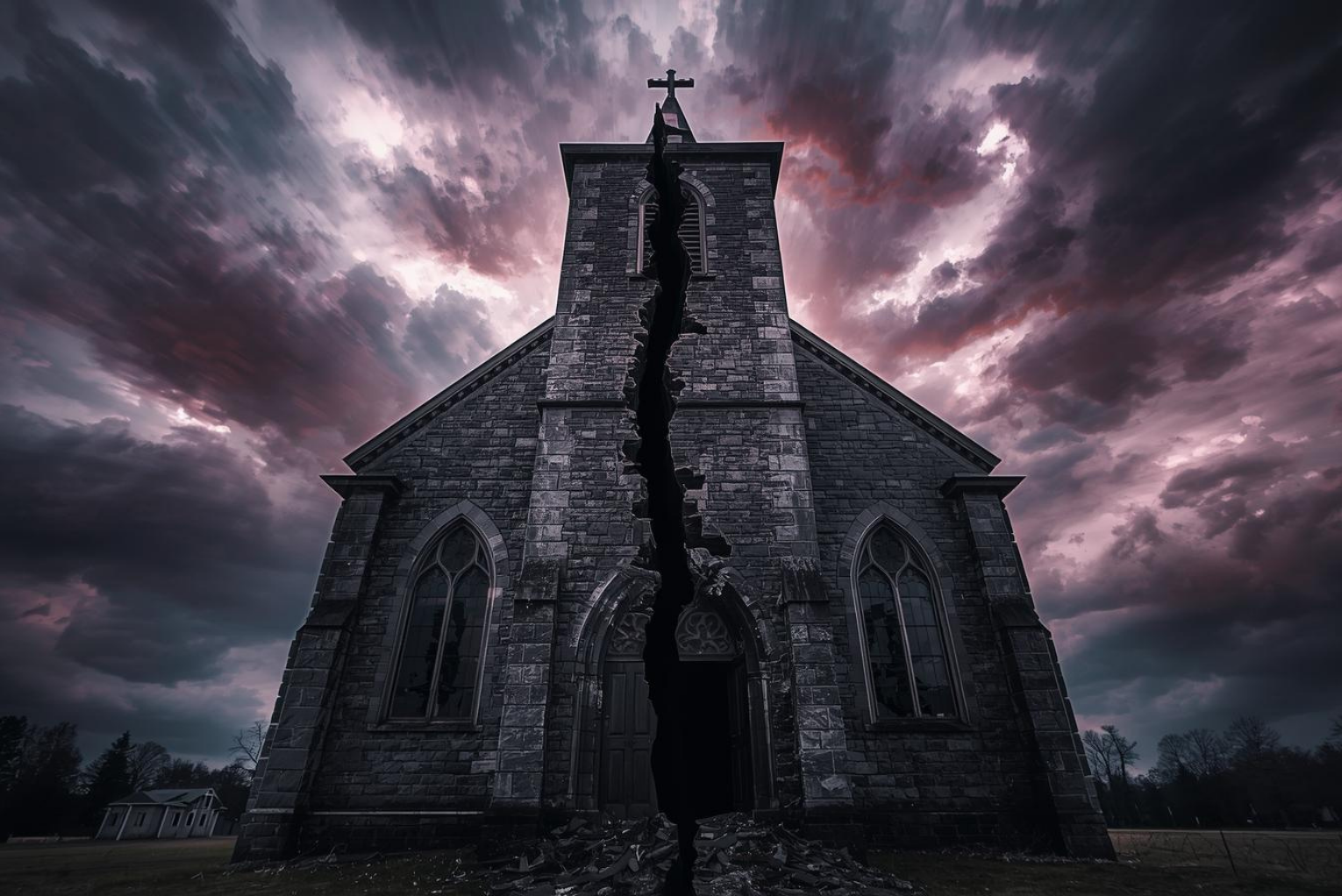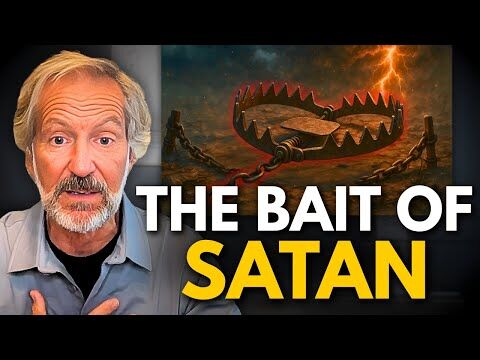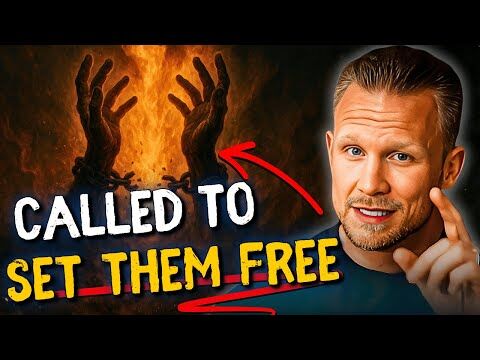Threats of violence against churches are increasing rapidly across America. According to the Family Research Council, hostility and violence against churches is at an all-time-high, with an average of 39 attacks every month and an 800% increase in incidents since 2018. The need for pastors and church leadership teams to protect the “flock” of congregants has never been greater in American history. But can church safety really be a ministry?
Fred Nessler and Robert Squires, two of the leading authorities and trainers on church security and safety in America today, say the answer is yes. Ensuring the safety and security of a church is not just a matter of paying a police officer to stand outside the church building. It should be viewed as a ministry, anchored in a faith-based safety team.
Nessler is a lawyer, an NRA instructor and a black belt in martial arts. Squires has served as a Marine Sargeant and is a highly respected veteran. At Calvary Church in Springfield, Illinois, both men have advanced an organized, precedent-setting church security ministry, which was the brainchild of Squires.
Nessler and Squires have constructed a system of best practices on how church leaders, especially pastors who have little experience with a formal approach to a faith-based safety team, can initiate and build up a safety team from nothing or take an existing safety team to the next level.
“The Bible says to put a guard at the gate,” Nessler says. “In this day and age, there are many threats against faith-based ministry organizations. It’s critical to keep the flock of a church safe. We get pushback about church safety initially from some pastors, but once they understand it, they become very supportive.”
Pastoral support for the creation of a church safety team is built on preparedness—not a lack of faith in God to protect people. Nessler explains, “We want the safety team to be the most useless ministry in the church, but we have to be prepared for what might come as far as a threat to people’s lives.”
What Does It Look Like?
On any given Sunday, the three main worries of a church safety team are terrorism, mentally disturbed people and revenge on the pastor.
Years ago, a pastor in Illinois refused to take the safety team’s recommendations and refused to empower his church’s safety team in their mission as a ministry. Soon afterward, a deranged person entered the church and killed the pastor. The killer knew the church was a soft target, which means it was vulnerable and unprotected. If the safety team had been doing what it recommended to do, this pastor would likely be alive today.
“You want people to know there is a safety team in place,” says Nessler. “You want to be known as a hard target. As a result, terrorists and crazy people will be dissuaded to attack your church. Terrorists and mentally disturbed people want soft targets where there is little resistance. They don’t really want to have to engage with a church safety team. They will go someplace else and leave your church alone.”
Having a safety team/security team as a ministry within a church gives the congregation “a sense of safety and security,” according to Nessler. “People who attend our church in Illinois often say ‘thank you’ to our church security team. They are glad that our team is in place.”
The goal of any good safety team at a church is to stop the threat before the violent intruder ever enters the building. The mission is clear.
“As a church security team, we are well-trained for a specific mission of protecting our faith-based flock,” says Nessler.
While congregants are praying, worshipping and listening to a sermon inside the sanctuary, the church safety team is tasked with watching all direct and indirect entry points to the church building. They are assessing strange and suspicious behavior, such as someone wearing a trench coat in summer or carrying a large backpack into church.
A good safety team uses two-way radio communications and text messaging to communicate about potential threats. A potential perpetrator heading into a church building may have no idea that a trained safety team is aware of them and ready to pounce to stop the threat with swiftness. Split-second decision-making that is based on sound training in church safety saves lives.
Setting the Record Straight on Church Safety
Some people are uncomfortable with the idea of safety team members carrying firearms in a church building. These people, including more than a few pastors, believe Christians should be non-combative and passive. They believe Jesus was very passive and would never condone the existence of a church safety team. They are concerned that safety team members are simply “being macho.”
This could not be further from the truth, according to Nessler. “Having a church safety team is like a good shepherd protecting the flock from the wolves,” he says. “Jesus is the Good Shepherd. Jesus was not passive. He was active. Jesus protects people, and He sends people to protect other people. This is not about being macho.”
A church safety team is actually rooted in being sacrificial. Joining a church safety team is not for the faint of heart. It requires steely faith.
Nessler reiterates a sobering statement to every church safety team he trains: “This is a ministry you need to be willing to die for, or don’t do it. As a member of a safety team at your church, you are tasked with protecting the church congregation, not just your family. Members quit because they could not make this commitment.”
The approach that Nessler and Squires developed at Calvary Church and share at different churches across the nation, upon request, consists of three fundamental elements:
Your church safety team must be properly trained. The skills of a safety team are perishable skills. They must be practiced over and over. Volunteers on the safety team use their personal time to practice shooting their firearms at gun ranges, or practice their martial arts skills, or stay current with emergency response tactics. They prepare for various scenarios, thinking through what will be done in a given situation. They are also put through drills and qualification testing.
You should recruit the right kind of people to join your church safety team. You should look for Christ followers—not people who just walk out of the world. It’s ideal to have people who understand what a church congregation is all about and what they are there for. You want to form a team of safety volunteers who are well-rounded, can communicate well with each other and learn from their mistakes along the way. It’s recommended to have a mix of ex-police, ex-military, ex-ERMTs, NRA trainers and trained firearm practitioners.
You should avoid allowing a “buccaneer” to be on your church safety team. The type of person who should not be on a church safety team: anyone who is, says Nessler, “too gung-ho, too macho, too much about themselves.” Just as a church would be concerned about bringing on board a self-centered, narcissistic pastor, the leaders of a safety team should be concerned about bringing on board a buccaneer or “Mr. Macho.” Self-control, humility and graciousness, as well as fearlessness, decisiveness and action-oriented, are desirable qualities in a member of a church safety team. Do not start your church safety team with just a bunch of concealed carry holders getting together, either.
The Faith-Based Security Network (FBSN) was created to help churches start, improve and fine-tune their church safety teams. Church leaders can receive free support and helpful resources. Ministry leaders can also listen to the “Sheepdog Saturday” podcast episodes from the National Sheepdog Organization. Getting educated is the best thing that pastors can do before launching or growing their church safety team.
Trained in Safe, Responsible Use of Firearms and De-escalation
James Dowler, an NRA-certified instructor and owner of Survival of the Fittest, one of Florida’s top firearms safety training companies, says that a trustworthy safety team at a church needs individuals with skills to handle a firearm as well as “good de-escalation skills” and a calm demeanor. Character matters.
“We need to be prepared for anything that could happen, but a weapon is the last resort when there is no other way out amid imminent danger,” he says as someone who trains people on how to safely and responsibly use firearms, whether for self-defense or as part of a church safety team. He agrees with Nessler that a macho person brandishing a firearm in church is bad news.
The key to the successful actions of a church safety team, according to Dowler, is discernment: “being able to see danger from afar off,” “seeing things happening before they do,” and reiterating what Nessler said, “keeping any possible act of violence outside.”
This is why Dowler suggests that, when a church begins to build a safety team, the church should start outside in the parking lot. “Having people helping with parking to have eyes outside, to be on the perimeter, is critical for identifying a potential threat early on,” says Dowler. “Solve issues outside first. Start building the safety team from the outside in.”
This firearms safety training afficionado teaches that a church safety member must be vigilant at all times and fully aware of their surroundings, as if their head is on a swivel. The volunteer on the safety team must eliminate distractions, such as looking at their cell phones while on duty for the safety team. The person must be ready to communicate if anything happens, with the intent to keep turmoil in check.
Dowler advises churches to include the following groups within the larger safety team: parking and golf cart folks, the engagement team and first aid/first responders, all under the same umbrella. Usually, someone is the operational leader of the safety team, while also reporting into a pastor for accountability, just like any other ministry within the church. The safety team is not separate from pastoral covering.
“Being part of a church safety team is like being part of a family,” Dowler says. “There is a special camaraderie that naturally develops, and it’s built through communicating with each other. It’s important for members of a church safety team to get to know each other. The fact that you put your life at risk to protect others in the church creates a bond and demonstrates a strong faith.”
He adds, “If a church hires me to help equip their safety team through training or to help develop the church safety team strategy, I’d also advise them to invest in a strong security camera system. Security cameras are a safety team’s ‘best friends’ to help identify a potential threat from afar, providing the opportunity for the armed engagement team to stop the threat outside the building before it’s too late. Safety team leads should have access to the security cameras via their mobile phones to support the safety efforts on the move.”
Security cameras also keep track of whether a church safety team member is focused on their mission or distracted by their phone. You don’t want safety team members crouching down along stairs to avoid the security cameras, so they can look at their phone for personal reasons or hide. The only text messages a team member should be checking are the safety team’s chat.
“Security technology provides an edge, but, at the end of the day, a safety team member needs to be able to safely and responsibly use a firearm—and that’s where firearm training comes in. If a church does not have the expertise inside the church, it’s common for a church to bring in an external trainer, equip them and put them to the test. Every member of a church safety team should have advanced firearms training to be ready to take action and stop the threat, when necessary.”
Church Safety Confronts Spiritual Attacks
Nessler’s takeaway message for church leaders is sobering: “Would you ever believe we’d be carrying a firearm to church? No. But today it’s necessary for those committed to the mission and cause of the safety team to protect the flock. The threats to churches are out there. They’re real. It’s no joke. Times are different now.”
Nessler equates the increased need for a safety team at churches to a spiritual battle. Venturing to explain why hostility and violent threats against churches more than doubled between 2022 and 2023, a year when more than 430 incidents were documented, he invoked a statement that Franklin Graham made and applied it to this disturbing trend: “It’s as if all the demons of hell have been loosed upon us.”
With the heart of a shepherd, the safety team stands in the gap to stop the threat, demonic and otherwise. They stand guard at the gate to God’s house. People pray for safety and security, and God responds with the formation and continuous improvement of a safety team. Church safety is a ministry that should be “the most useless” and one that people almost never hear of. But their presence, albeit in the shadows of pastors, greeters and ushers, is vital for partnering with the Holy Spirit to protect everyone from harm. A well-trained, committed safety team could be a matter of life and death.
A.B. Petrucci is a contributing writer to Charisma Magazine Online.












































